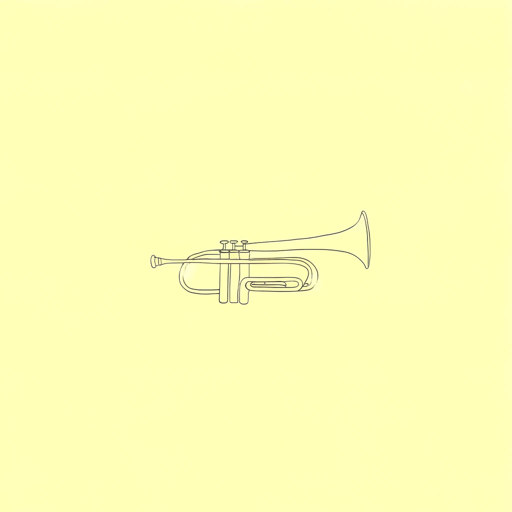22 pages • 44 minutes read
Claude McKayThe White House
Fiction | Poem | Adult | Published in 1919A modern alternative to SparkNotes and CliffsNotes, SuperSummary offers high-quality Study Guides with detailed chapter summaries and analysis of major themes, characters, and more.
Literary Devices
Form
At first it may seem incongruous: a Black poet’s scathing indictment of racism in contemporary America set in a Shakespearean sonnet, a poetic form more than four centuries old. But “The White House” is in fact a very carefully sculpted Shakespearean sonnet: 14 lines, three quatrains and a concluding couplet, rhyming ABAB CDCD EFEF GG. It might seem that the incandescent rage of Black America, voiced through the speaker, would dispense with any conformity to such an inherited (and very white) form. Indeed, if poetry is language set to music, the musical forms of the Harlem Renaissance, the explosion for instance in the uninhibited spontaneities of new jazz, would suggest the time had come for Black poets to set form itself free.
Yet that incongruity is at the very heart of McKay’s dilemma. After all, in this poem the speaker is not entirely sure what to do with his anger. Hence the sonnet is a perfect vehicle for reflecting that thematic argument. At the thematic heart of the Shakespearean sonnet is always a dramatic sense of conflict, a playing out of a complicated dynamic—the poet uses the sonnet form to explore difficult, emotional tensions: love versus unrequited love; love versus carnal lust; beauty versus time’s passage; love versus selfishness; the heart versus the head.
Related Titles
By Claude McKay

America
Claude McKay

Home To Harlem
Claude McKay

If We Must Die
Claude McKay

Joy in the Woods
Claude McKay

The Harlem Dancer
Claude McKay

The Lynching
Claude McKay

The Tropics in New York
Claude McKay

To One Coming North
Claude McKay

When Dawn Comes to the City
Claude McKay
Featured Collections
Books on Justice & Injustice
View Collection
Contemporary Books on Social Justice
View Collection
Equality
View Collection
Fear
View Collection
Hate & Anger
View Collection
Loyalty & Betrayal
View Collection
Poems of Conflict
View Collection
Poetry: Perseverance
View Collection
Pride & Shame
View Collection
Safety & Danger
View Collection
Short Poems
View Collection
Trust & Doubt
View Collection
Truth & Lies
View Collection

